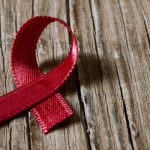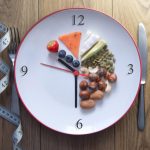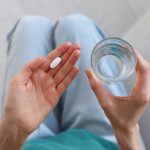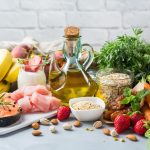
As people with HIV live longer they’re at risk of premature heart disease. But a new study finds statin drugs can cut the risk of serious heart problems by more than one-third. The U.S. National Institutes of Health trial found the cholesterol-lowering drugs so effective, in fact, that the study was stopped early. Taking the daily statin pitavastatin calcium lowered the risk of major heart events by 35% in this patient group, according to an interim analysis of data from the Randomized Trial to Prevent Vascular Events in HIV (REPRIEVE) study. “The REPRIEVE study reflects the evolution of HIV science, and progress from focusing mostly on approaches to treat and control the virus to finding ways to improve the overall health of people living with HIV,” said Dr. Hugh Auchincloss, acting director of the National Institute of Allergy and Infectious Diseases (NIAID). “These new data suggest that a common cholesterol-lowering medicine could substantially improve cardiovascular outcomes in people with HIV,” he said in a news release from the NIH and the NIAID. As people with HIV live longer thanks to decades of medical research and advances, premature heart disease and other chronic conditions have emerged as leading causes of illness and death. Statins are known to prevent heart disease in those at risk in the general population. But researchers weren’t certain before the trial if… read on > read on >





























-300x200.jpg)







-300x169.jpg)
